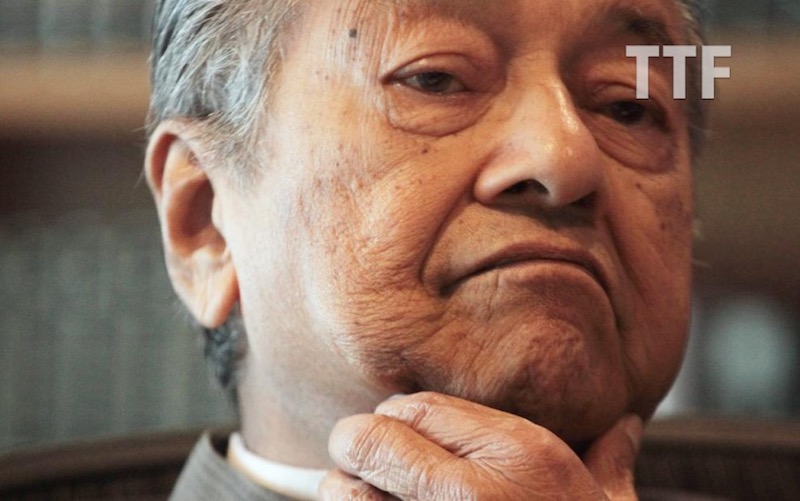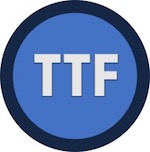
Following is an editorial adapted from the NST Online complete with responses by TTF (in blue):

BEIJING: The second Belt and Road Forum for International Cooperation (BRF) came to a close today with participating countries reaching a consensus to push for the realisation of what has been called “the project of the century”.
This outcome is especially important for Beijing as the forum had been a means to convince the international community of its intentions and the success of the project.
BRF sought to solidify cooperation among Belt and Road participant countries, now 124 strong, as the ambitious scheme reaches its sixth year while facing numerous setbacks and international suspicion.
At the end of a Leader’s Roundtable today at the Yanqi Lake International Conference Centre, a joint communique was issued to outline the roadmap forward for member countries and the political consensus reached.
All participants agreed that the Belt and Road initiative (BRI) presented an opportunity for prosperity and would work together to strengthen mechanisms of cooperation.
TTF: For the record, the Belt and Road Initiative (BRI) is a development strategy adopted by the Chinese government involving infrastructure development and investments in 152 countries and international organizations in Europe, Asia, Middle East, Latin America and Africa.
The Chinese call it the Masterplan on ASEAN connectivity (MPAC).
On the 15th of July 2018, I wrote:
To facilitate the plan, the Chinese government established EXIM in 1994 and placed it directly under the purview of China’s State Council (SC), the chief administrative authority of the People’s Republic of China.
Not many are aware that Robert Kuok owns 13 percent of a Hong Kong based investment entity that has some serious links with the SC.
The entity, CITIC Limited (previously known as CITIC Pacific), is an investment firm that is subsidiary to a state-owned conglomerate, CITIC Group Corporation Ltd (CITIC).
Last year, CITIC was listed as among China’s biggest conglomerates and registered the largest foreign assets reserves in the world.
In 1984, the People’s Bank of China approved the setting up of a banking division under CITIC that came to be known as the China CITIC Bank.
Of late, the bank has been involved in the administering of assistance provided by the Chinese government via the MPAC framework.
On the 26th of June 2015, CITIC Limited announced that its securities, trust and banking divisions would jointly invest more than 700 billion yuen to support China’s “One Belt, One Road” (B&R) initiative.
Two years later, CITIC agreed to deepening that investment without specifying the exact amount it intended to allot.
Less than a year later, Dato’ Seri Najib Tun Razak was removed as Prime Minister of Malaysia following an electoral debacle part triggered by the South China Morning Post (SCMP), a onetime Kuok concern.
A coincidence?
NST Online…
Chinese president Xi Jinping concluded that the second BRF had been more substantive than the first in 2017.
“All interested parties are welcome to join us.”
Prime Minister Tun Dr Mahathir Mohamad attended the roundtable with 36 other world leaders, senior representatives from countries such as the United Kingdom and Japan, as well as United Nations secretary general António Guterres and International Monetary Fund managing director Christine Lagarde.
TTF: Prior to the 14th general election, when the Government of Malaysia (GoM) signed an agreement with the state-owned China Communications Construction Company Ltd (CCCC) to develop the East Coast Railway-Link (ECRL), leaders of the Pakatan Harapan coalition accused the Najib administration of “selling the country to China.”
The accusation followed an announcement by the GoM that the Export Import (EXIM) bank of China would part finance the project by providing CCCC with soft loans.
When Tun Dr Mahathir Mohamad became Prime Minister, he scrapped the project on the pretext that Najib negotiated it through a third party individual who deliberately marked the project value up to make extra gains.
According to Mahathir, the hefty cost came attached with ‘ridiculous’ loan terms from EXIM bank that caused the national debt to balloon.
The Prime Minister referred to this as “selling the country to China.”
He revived the project recently by reducing the loan value from RM56.7 billion to RM39.1 billion.
However, he quietly gave CCCC a 50% stake in the project developer’s company and ‘gifted’ the Chinese government thousands of land acres.
Several years from now, that land , together with all the development on it, will be worth three to four times the reduction in the ECRL loan value.
What this means, is Mahahir literally “sold parts of the country to China” and ended up giving more to China than he accused Najib of giving.
And you still trust Mahathir?
Adapted from:



